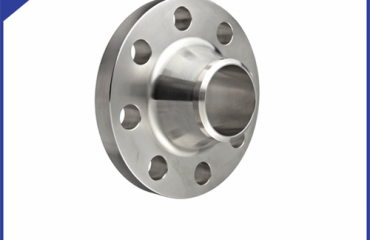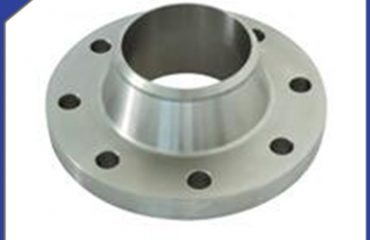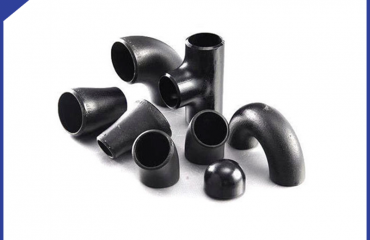Stainless steel flange is a disc-shaped part, which is most common in pipeline engineering. It is often used in pipeline engineering, such as the connection between pipes and electrons or the connection between valves and pipes. It is widely used in petroleum, chemical, nuclear power plant, food manufacturing, construction, shipbuilding, papermaking, medical and other industries.
Stainless steel flanges can also be called flanges or flanges. Stainless steel flanges play an important role in connecting pipelines. Gaskets are used to seal between flanges. Therefore, carbon steel flanges have good sealing performance. In the process of installation and disassembly, it is very convenient and rapid. Therefore, it has a very good application for the replacement or disassembly of pipelines to check the pipeline situation, so that the pipeline has a better sealing performance.
1. When the stainless steel flange is tightened, its tightening force should be kept in the same direction, and the compression of the rubber cushion should be controlled at about one third.
2. Stainless steel flange in the installation process should keep the sealing surface flat and clean, if there are oil stains or rust spots, they need to be cleaned up to prevent the impact of stainless steel flange sealing performance.
When people are building, they usually use many different materials, especially stainless steel, which brings more convenience for people to make different products and equipment. Stainless steel flange is mainly used in pipeline connection, which brings more convenience to pipeline connection. Before using stainless steel flange, installation is a very important process, there are many details that need our attention.
Aluminum flange is also called aluminium flange or aluminium flange. The aluminium flange is a part that connects the tube to the tube and connects to the end of the tube. There are holes in the aluminium flange, and the bolts make the two flanges close together. The flanges are sealed with gaskets. Flanges are divided into threaded connection (wire connection) flanges and welded flanges. Aluminum and aluminium alloy materials are generally used for production, so it is called aluminium flange.
Two flanges made of entirely different materials. There are roughly the following differences:
1. Different density, the density of aluminium is small, the density of stainless steel is large, so the aluminium flange is light and the stainless steel flange is heavy.
2. The specific heat capacity of aluminium is larger than that of stainless steel.
3. The conductivity of aluminium is better than that of iron.
4. The thermal conductivity of aluminium is better than that of stainless steel.
5. The melting point of aluminium is lower than that of iron. Therefore, the aluminium flange can not be used in high temperature situations.
6. Stainless steel flange has good corrosion resistance and oxidation resistance, which is widely used in chemical industry, fertilizer, petroleum, medical machinery manufacturing. Because stainless steel has good corrosion resistance, it can make structural parts permanent to maintain the integrity of Engineering design.
 Language
Language Espanol
Espanol English
English Italian
Italian عربى
عربى
 Skype: chinamaker99
Skype: chinamaker99  Tel: 86-316-5120812
Tel: 86-316-5120812 Email:
Email:  Whatsapp:
Whatsapp: 

